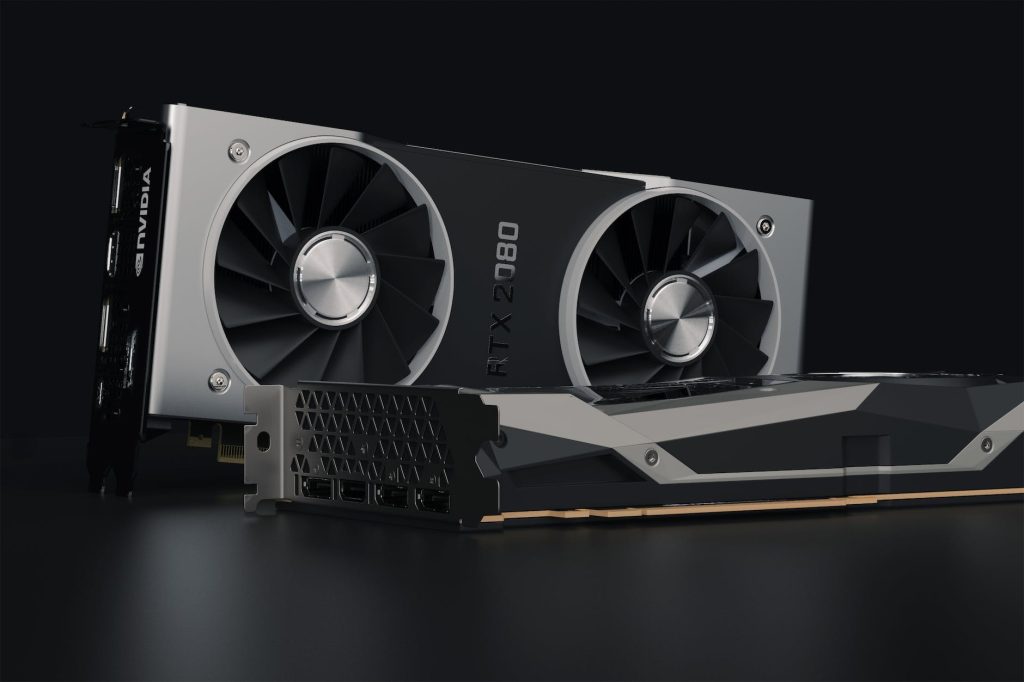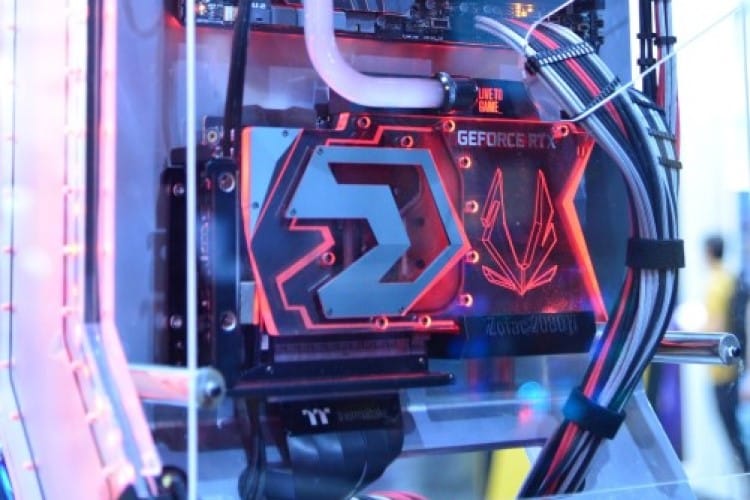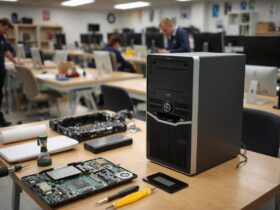If you’re a gamer, you know that having a good graphics card is essential for a smooth, enjoyable gaming experience. But with so many different graphics cards on the market, it can be tough to know which one is the best fit for your needs. In this comprehensive guide, we’ll help you understand what to look for in a graphics card for gaming, including how to use graphics card benchmarks, important GPU specs to consider, and how to balance GPU cost with performance.
What is a GPU and How is it Different than a CPU?
When it comes to computer performance, two of the most important components to consider are the CPU (central processing unit) and the GPU (graphics processing unit). Both play a crucial role in how well your computer performs, but they are designed for different tasks and can have different impacts on performance. In this article, we’ll compare CPU and GPU to help you understand which one is better for gaming and other tasks.
What is a CPU?
A CPU, or central processing unit, is the brain of your computer and is responsible for running all of your software. It’s made up of one or more cores, which are the physical processing units that execute instructions. A CPU with multiple cores can handle more tasks at once, which can be useful for tasks such as video rendering or running multiple applications at once.
What is a GPU?
A GPU, or graphics processing unit, is a specialized processor that is designed specifically for handling graphics-intensive tasks. It’s made up of many small cores that are optimized for parallel processing, which makes it well-suited for tasks such as rendering 3D graphics or video. A GPU can significantly improve the performance of graphics-intensive tasks, but it’s not as well-suited for general-purpose tasks such as running software or handling data.
CPU vs GPU for gaming
When it comes to gaming, both the CPU and GPU play important roles in determining performance. The CPU is responsible for running the game and handling tasks such as AI and physics, while the GPU is responsible for rendering the graphics.
In general, a CPU with strong single-threaded performance will be better for gaming, as most games are primarily single-threaded. A GPU with a high clock speed and a high number of cores will also be important for delivering smooth, high-quality graphics.
However, the specific requirements for gaming will depend on the specific game and the resolution you are playing at. For example, a more demanding game at a higher resolution may require a more powerful CPU and GPU to deliver smooth performance.
Graphics card benchmarks
One of the best ways to compare the performance of different graphics cards is to use graphics card benchmarks. These are specialized tests that measure how well a graphics card can handle various tasks and workloads, such as rendering 3D graphics, handling complex simulations, or playing games. There are many different benchmarking tools available, such as 3DMark, Unigine Heaven, and Superposition, each of which measures different aspects of graphics card performance. By comparing the benchmark scores of different graphics cards, you can get a sense of how they stack up against each other in terms of performance.
There are many different tools and techniques used for GPU benchmark testing. Some of the most common include:
Synthetic benchmarks:
These are tests that are designed to simulate specific workloads and measure the performance of a GPU. Synthetic benchmarks can be useful for measuring the raw performance of a GPU, but they may not always accurately reflect real-world performance.
Game benchmarks:
These are tests that measure the performance of a GPU by running actual games and measuring the frame rate and other metrics. Game benchmarks can be useful for getting a sense of how well a GPU will perform in specific games, but the results can vary depending on the specific game and settings used.
Application benchmarks:
These are tests that measure the performance of a GPU by running specific applications or tasks, such as video rendering or 3D modeling. Application benchmarks can be useful for measuring the performance of a GPU for specific tasks, but the results may not always be representative of the performance of the GPU in other applications.

GPU specs
When choosing a graphics card for gaming, there are several key GPU specs to consider:
Memory capacity:
The amount of memory a graphics card has, measured in GB (gigabytes), determines how much data it can store and process at once. Having more memory can be beneficial for gaming, especially at higher resolutions and with more demanding games. Look for a graphics card with at least 4GB of memory, or more if you plan on gaming at higher resolutions or with demanding games.
Memory speed:
The speed of the memory, measured in MHz (megahertz), determines how fast the graphics card can access and process data. A faster memory speed can help improve performance, but it’s important to balance memory speed with memory capacity.
Clock speed:
The clock speed of the GPU, measured in MHz, determines how fast it can process data. A higher clock speed can help improve performance, but it’s important to balance clock speed with power consumption and the overall design of the GPU.
Cores and stream processors:
The number of cores and stream processors a graphics card has determines how many tasks it can handle at once. A GPU with a high number of cores and stream processors will be able to handle more demanding tasks and deliver better performance, but it’s important to balance this with other factors such as clock speed and memory.
GPU cost
When choosing a graphics card for gaming, it’s important to balance the cost with performance. High-end graphics cards can offer excellent performance, but they can also be very expensive. On the other hand, budget-friendly graphics cards may not offer the same level of performance, but they can still be a good choice for less demanding games or those on a tight budget.
To help you find the right balance between GPU cost and performance, consider your budget and the types of games you plan on playing. If you’re a casual gamer or are on a tight budget, a budget-friendly graphics card may be a good fit. On the other hand, if you’re a hardcore gamer or want to play the latest and most demanding games, a high-end graphics card may be worth the investment.
Conclusion
When choosing a graphics card for gaming, it’s important to consider factors such as graphics card benchmarks, GPU specs, and GPU cost. You also need to be sure that your new graphics card will be compatible with your motherboard. By using benchmarks to compare performance, understanding key GPU specs, and balancing cost with performance, you can find the best graphics card for your needs and budget. With the right graphics card, you can enjoy a smooth, enjoyable gaming experience with even the most demanding games.













Amazing write up! Thanks for this submit